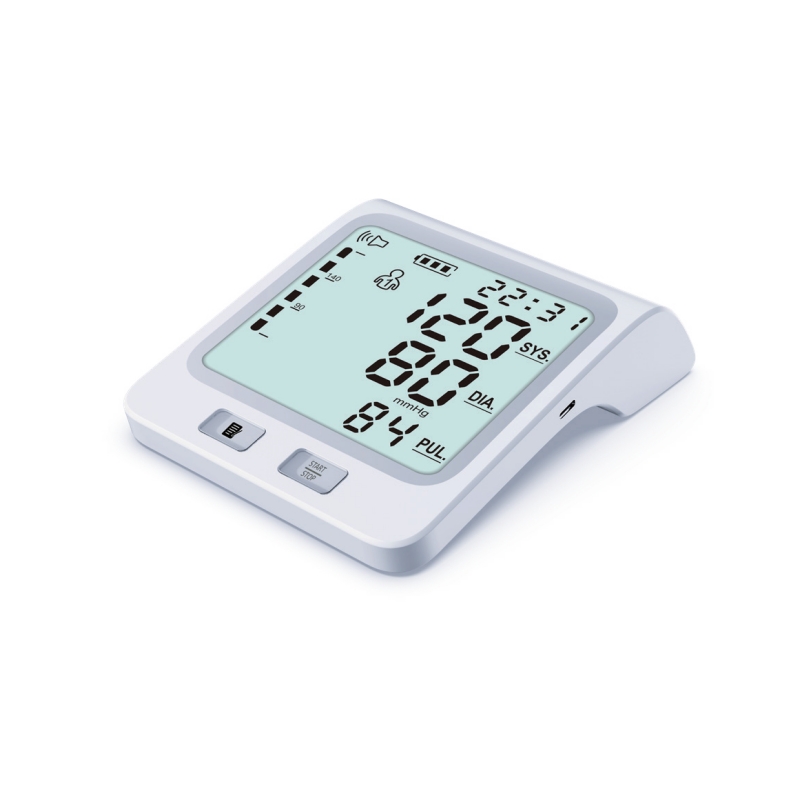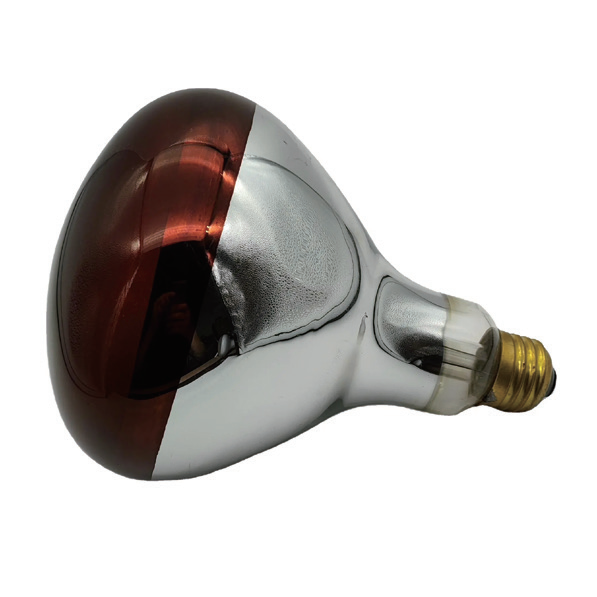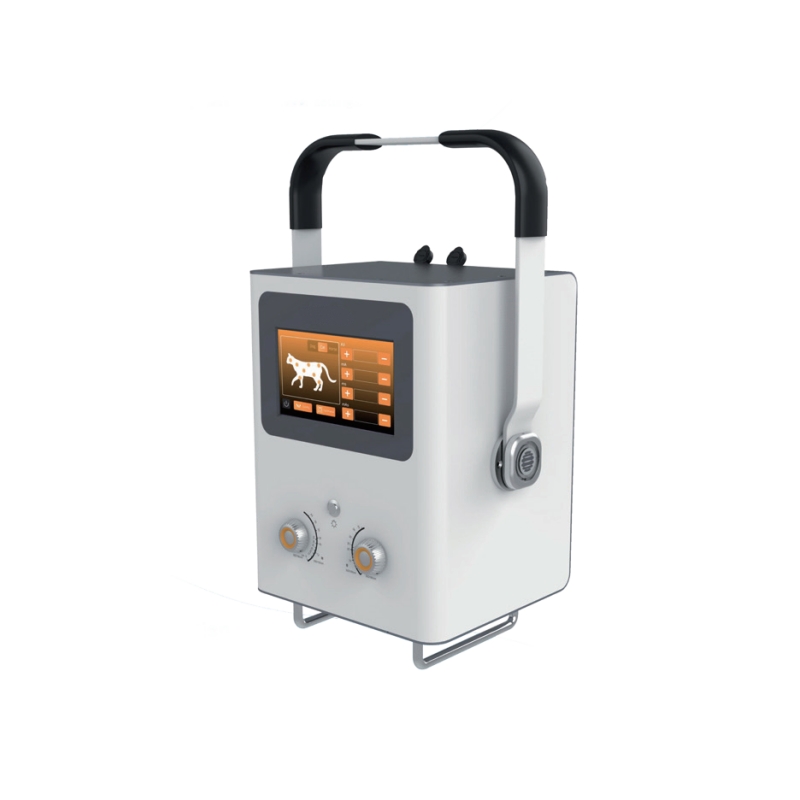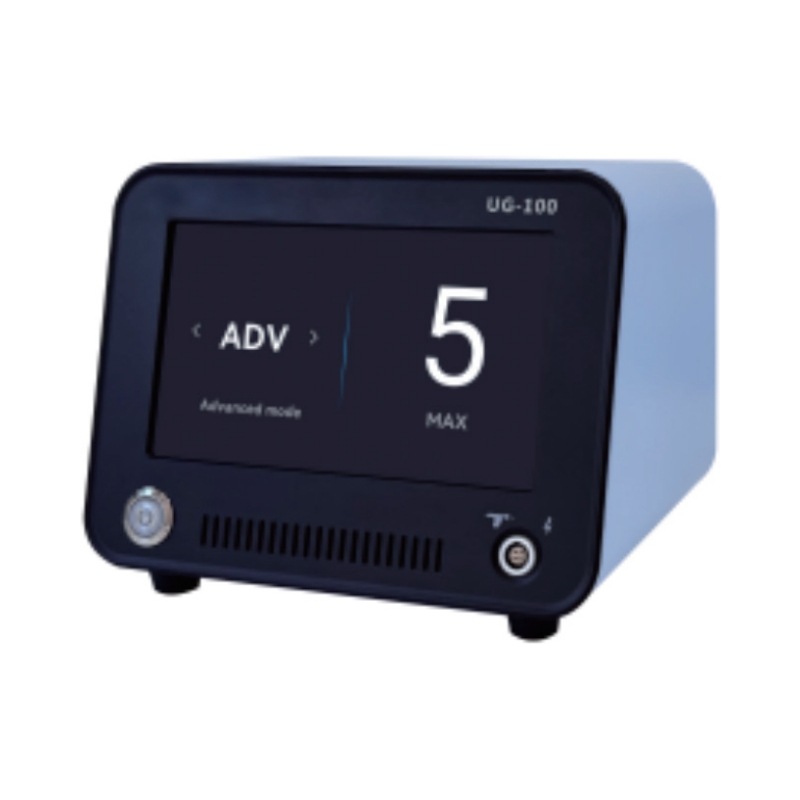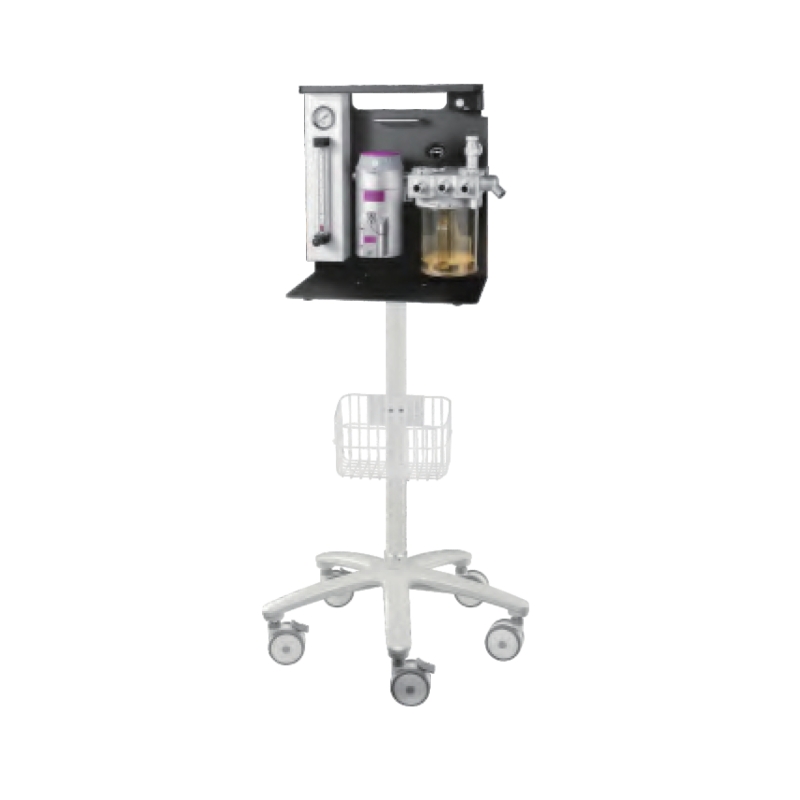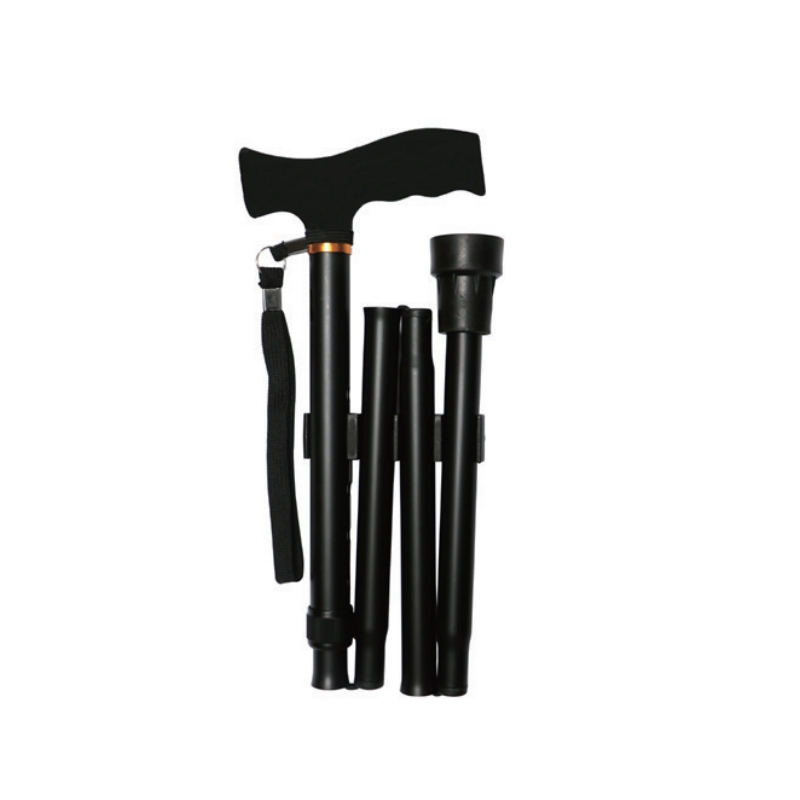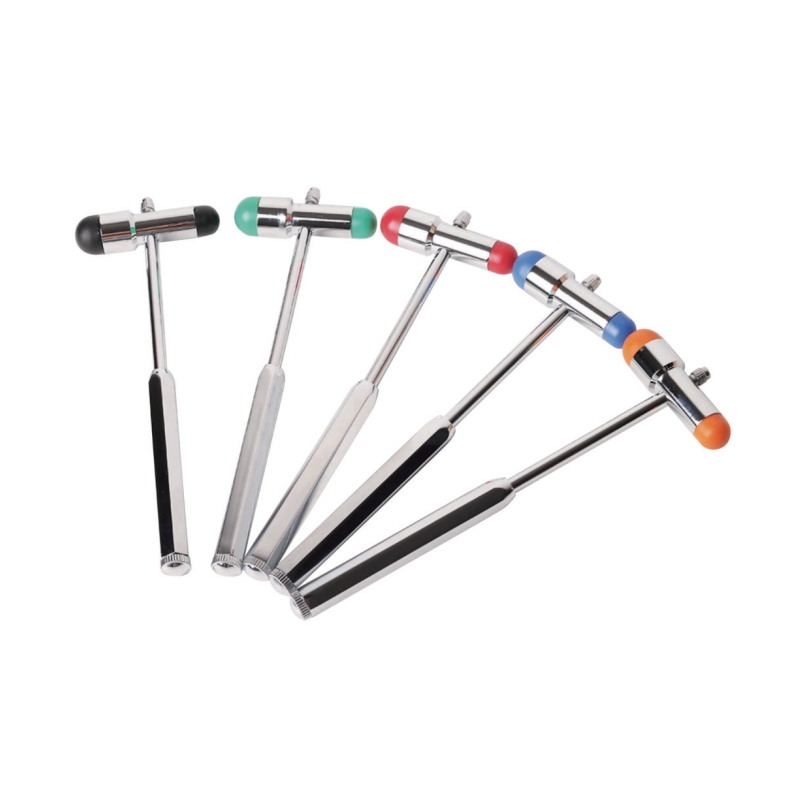What is an electronic scale?
What is an electronic scale?
The history of scales dates back to ancient Egypt, where a simple equal-arm balance on a pivot was used to compare two masses.
Traditionally, an electronic scale is a device that displays weight by measuring deflection, such as a spring scale. In modern weighing equipment, scales typically use springs or strain gauge load cells.
How do scales work?
Scales calculate the weight of an object by measuring the force existing between the object being weighed and the Earth.
Although electronic scales measure force, they can measure mass in kilograms, grams, pounds, and other units of measurement. Modern electronic scales are more complex and versatile. Applications range from weighing laboratory chemicals to weighing shipping packages.
From finely tuned laboratory scales to large 10 x 120-foot pit and girder machines used to weigh railroad cars and tractor-trailers, scales make modern life possible.
To better understand how scales work, it is helpful to understand mass and weight.
The Difference Between Mass and Weight:
Mass is a constant unit of the amount of matter an object contains, and it remains the same no matter where it is measured. Common units of mass are kilograms (kg) and grams (g).
Weight is the force of gravity on an object. It depends on the object's gravitational acceleration multiplied by its mass, which is constant. An object weighs less at the top of a mountain than at the base, due to the change in gravity. The unit of measurement for weight is the Newton (N). The Newton takes into account the object's mass and relative gravity, and gives the total force, which is the weight.
Although mass and weight are two different entities, the process of determining weight and mass is called weighing.
The Difference Between Scales and Balances
Electronic scales are similar to balances, but balances determine mass by balancing an unknown mass against a known mass.
Balances are generally more complex than electronic scales and are often used by professionals for advanced scientific weighing in laboratories, universities, medical facilities, and research and development environments. Types of balances include microbalances, analytical balances, and precision balances.
It is widely believed that electronic scales are not as accurate as balances, and they are commonly used in the food and beverage, health, industrial, and commercial industries for weighing raw materials, monitoring personal health, and business inventory procedures.
What is an Industrial Electronic Scale?
Industrial scales are used in many different industries, such as agriculture and laboratories.
Industrial scales are designed for the highest possible accuracy and are used in environments that are often harsher than commercial settings.
They provide essential weighing information for financial, legislative, and operational purposes. Types of industrial electronic scales range from laboratory scales with capacities of less than 1 kilogram to large platform scales and crane scales with capacities of 10 tons or more.
What are the Types of Industrial Electronic Scales?

The Difference Between Digital and Analog Scales
Scales can be divided into two main categories: digital scales and analog scales. The distinction between digital and analog scales is not vast, but analog scales were widely used before digital scales came into existence.
Because analog scales work mechanically, the results can vary each time they are used to weigh a product. Consequently, digital scales have largely conquered the world of weighing equipment. Digital scales offer better design and more features compared to analog scales. Both machines perform the same function of weight measurement, but digital scales have LCD displays, storage capacity, and accurate weighing capabilities.
Advantages and Disadvantages of Digital and Analog Scales
The advantage of analog scales over digital scales is that they work mechanically and therefore do not require a power source. Digital scales, on the other hand, require periodic battery replacement.
However, although not all scales use springs, they all use mechanical components to measure weight. Therefore, digital and analog scales differ in how they display the weight – mechanically or electronically.
Electronic scales use an analog-to-digital converter, which converts the scale's continuous reading data into digital information.
Compared to scales with mechanical readouts, digital scales generally require less expertise to use, offer higher accuracy and faster processing speeds, thus providing more accurate readings.
Key Considerations for Electronic Scales
Accuracy - The scale provides a result as close to the true value as possible. When comparing a one-kilogram mass, better modern scales have an accuracy of better than one part in one hundred million.
Calibration - Comparing the output of the scale to a standard value. This is usually done using standard weights, adjusting the instrument so that it displays consistent readings.
Capacity - The maximum weight that can be measured on the scale.
Precision - The degree of consistency between repeated measurements of the same quantity. Also known as repeatability. This means a scale can be very precise without necessarily being accurate.
Readability - This is the smallest division of the scale that can be read. It can range from 0.1g to 0.0000001g.
Tare - Removing the weight of a known object (usually the weighing container) so that the reading is zero. This means the final reading will display only the weight of the material, excluding the container.
How Accurate are Electronic Scales?
Which is more accurate, digital or analog scales?
The type of electronic scale considered more accurate is the digital scale. The weight and mass of the weighed object are interpreted and displayed in a digital format. With digital scales, you can double-check quantities. These electronic scales are often used in industries where precision is paramount, such as cosmetics and health industries.
Scale Resolution, Precision, and Accuracy
There are three main characteristics that determine whether a scale is working correctly:
Resolution - This is the value that indicates the smallest change in weight the scale can detect. For example, a scale might have a resolution of 1 gram, meaning if an object weighs 20 grams, the scale might give a reading one gram higher or lower than the true weight.
Precision - This is different from accuracy because accuracy is about being correct once, while precision is about being consistently correct. If the same object is weighed repeatedly and shows a different measurement each time, then the scale has low precision. However, if every weighing shows the same reading, the scale has perfect precision.
Accuracy - However, precision does not necessarily mean accuracy. If the scale has low resolution, it will not give the true weight of the object, even with perfect precision. To have high accuracy, a scale must have both high resolution and high precision.
Reasons Why Scales May Be Inaccurate
Over time, scales can lose accuracy due to frequent use and aging. Scales must maintain their original balance to ensure accuracy, but they tend to lose this balance over time, thus requiring recalibration. Electronic scales can develop electrical faults over time, affecting accuracy.
Even new scales can become inaccurate under specific conditions, especially under extreme temperatures. Therefore, an accurate scale must have high temperature stability.
This also applies to new scales used in harsh conditions prone to vibration and shock. Therefore, in outdoor and industrial environments, regular cleaning of weighing equipment is important to ensure accuracy is maintained.
Visit us at: www.kellyunion.com

 English
English Spanish
Spanish Turkish
Turkish




